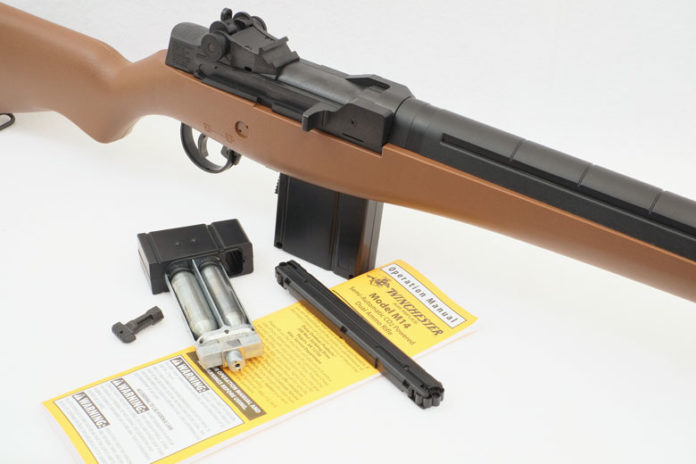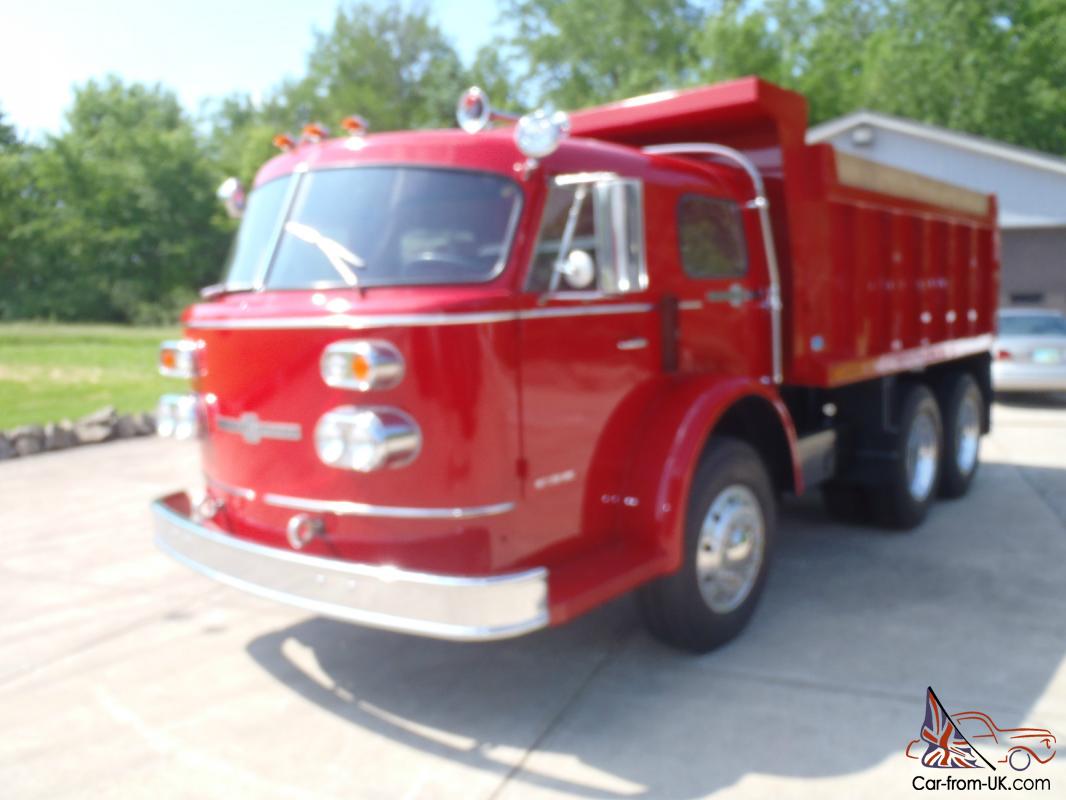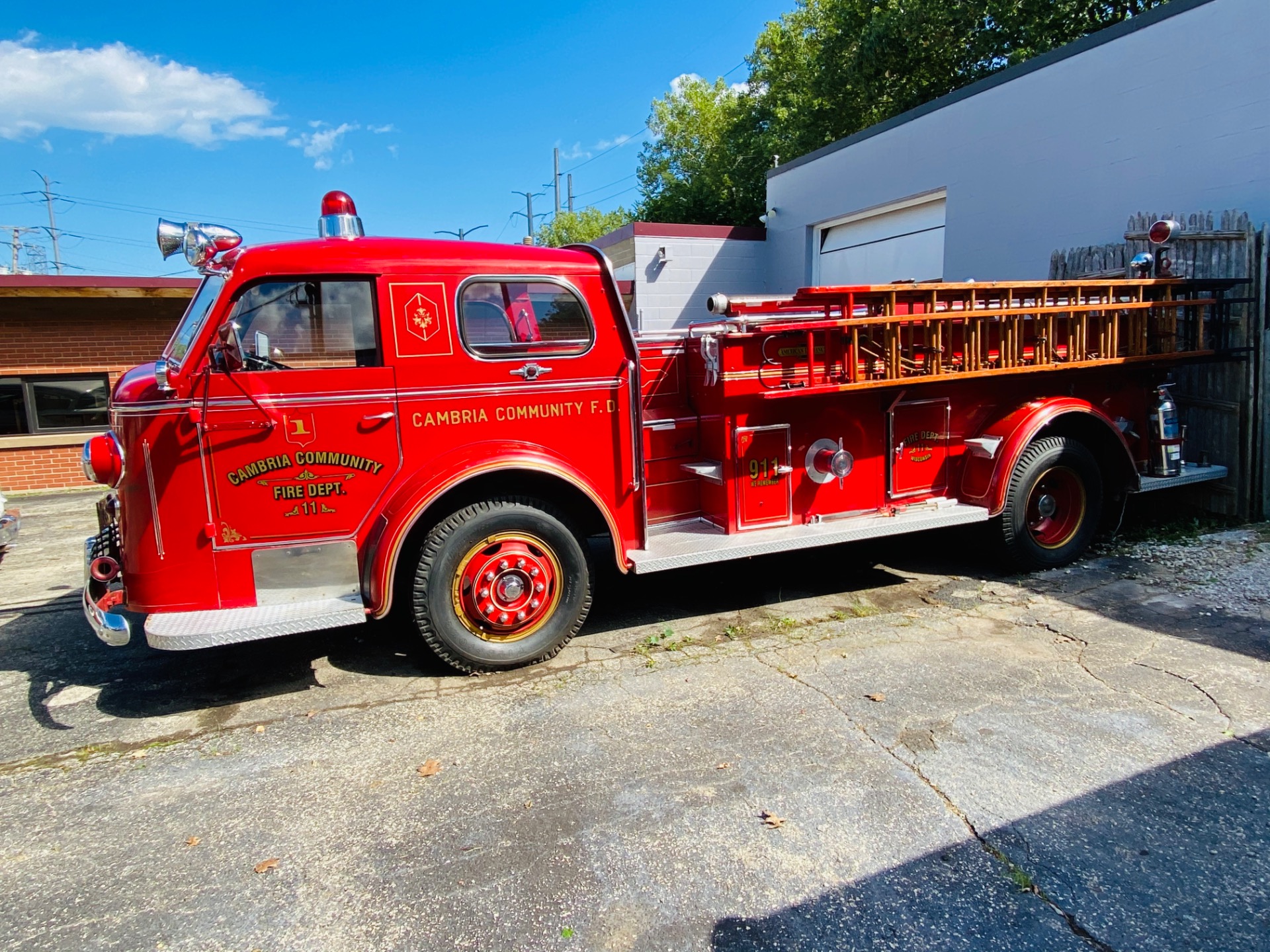

At over 11 pounds with scope and mount, it could definitely be called “heavy” and it settles rather well on long shots. I then moved to 100 yards and used a bench rest. I laser bore-sighted the rifle and tested it at 25 yards just to see where it was hitting. With the stripped clip pin punched out from the inside of the receiver, the stripper clip can be removed to attache the Sadlak scope mount. I added a BlackHawk! Urban Warfare IVS check pad to compensate, which raises the comb for a better weld. Since the M14 wasn’t meant to work with a scope, the tube may end up pretty high depending on your stature and build. When I mounted the rifle, I wanted a bit more cheek weld. The stripper clip pin is removed with a punch and hammer with the gun disassembled and the stripper clip guide is slid out of the dovetail. Keep in mind, when mounting a scope to an M14, the stripper clip guide must be removed.

The handguard of the M1A is fiberglass, while the stock is wood. Sadlak sends an inspection kit with every mount so you can be sure it works. soldiers in Vietnam, the left with an M16A1 and the other with a scoped M14 rifle. The gun’s aforementioned optic, an ART Redfield Accu-Range 3-9x40mm commercial scope, was designed by James Leatherwood in 1964 and was unique in that the ART mounting system automatically adjusted as the magnifier zoom ring was rotated, meaning a cam system in the scope physically raised or lowered it as the zoom was rotated. According to Army tests these rifles grouped under 10 inches at 900 meters. The internals were polished like the piston, gas cylinder and the action was smoothed up. The Rock Island Arsenal tuned the M14s ensuring the national match barrels were uniform and with minimal head spaced, the wood stock was dried and impregnated with epoxy as well as glass bedded.

photo courtesy Springfield Armory National Historic Site

Making a Sniper Rifle The XM21 used a National Match Barrel for accuracy, original wood stock, and a high magnification scope.


 0 kommentar(er)
0 kommentar(er)
